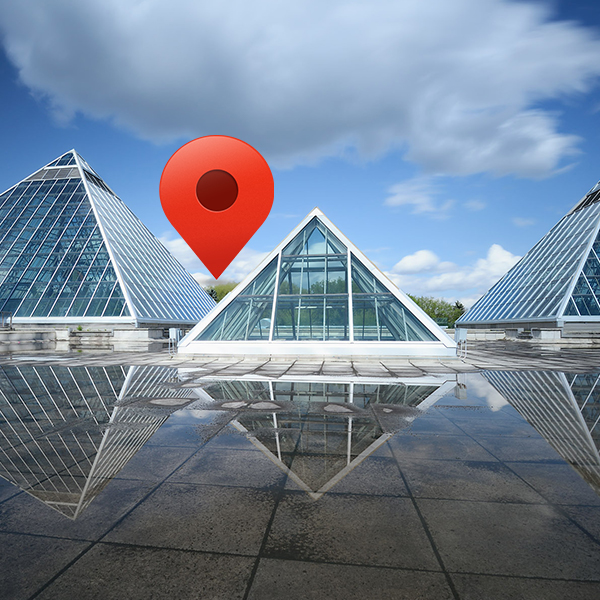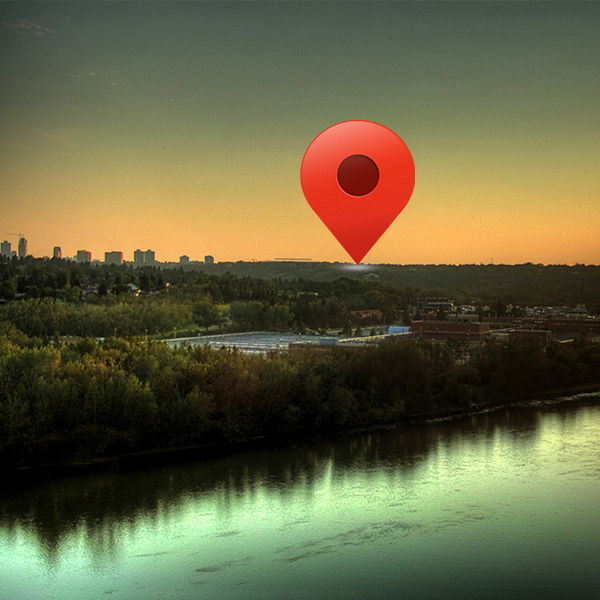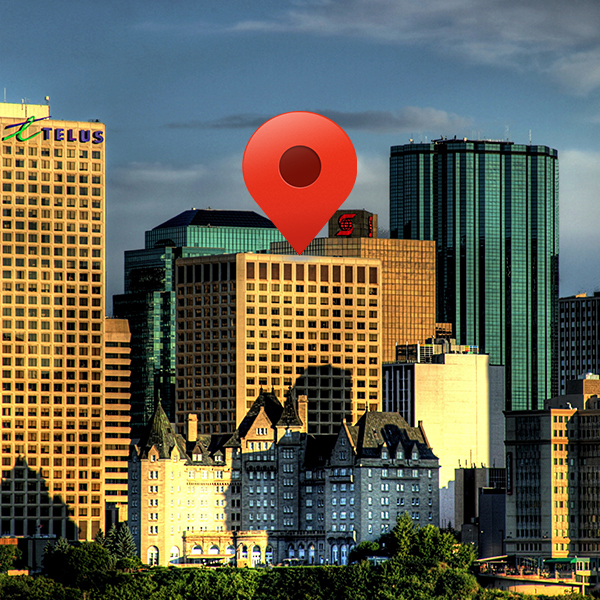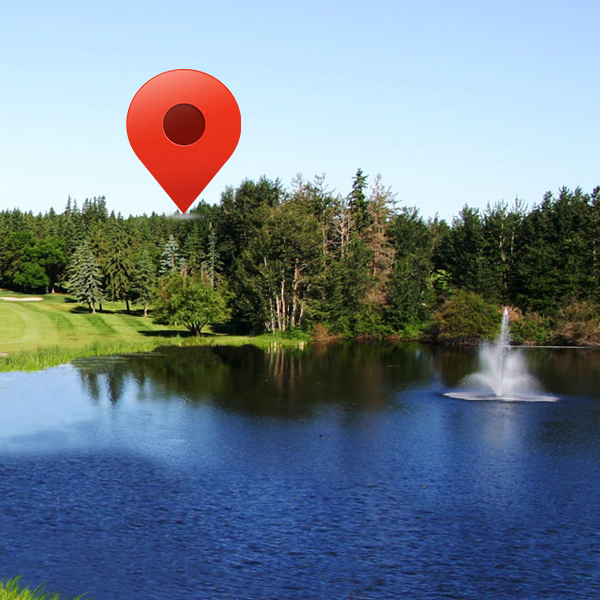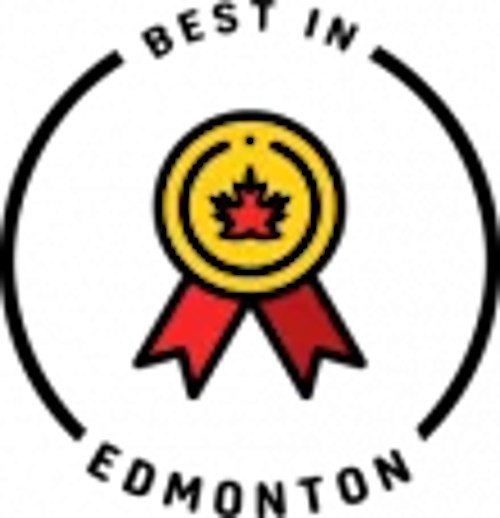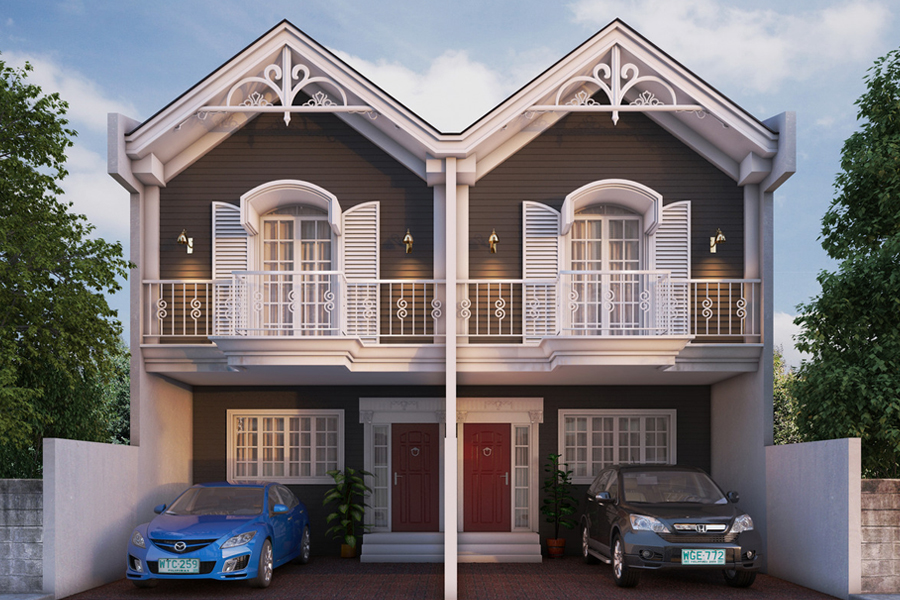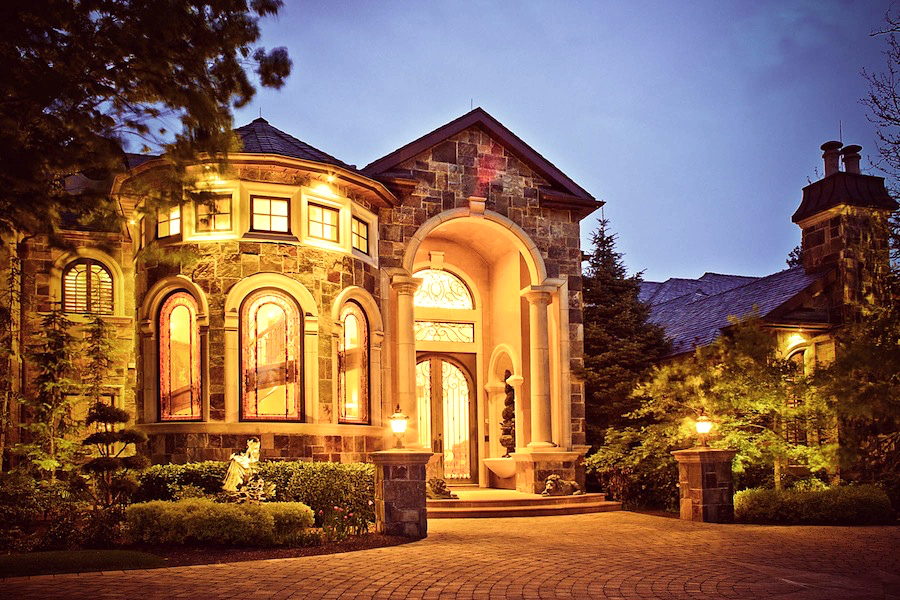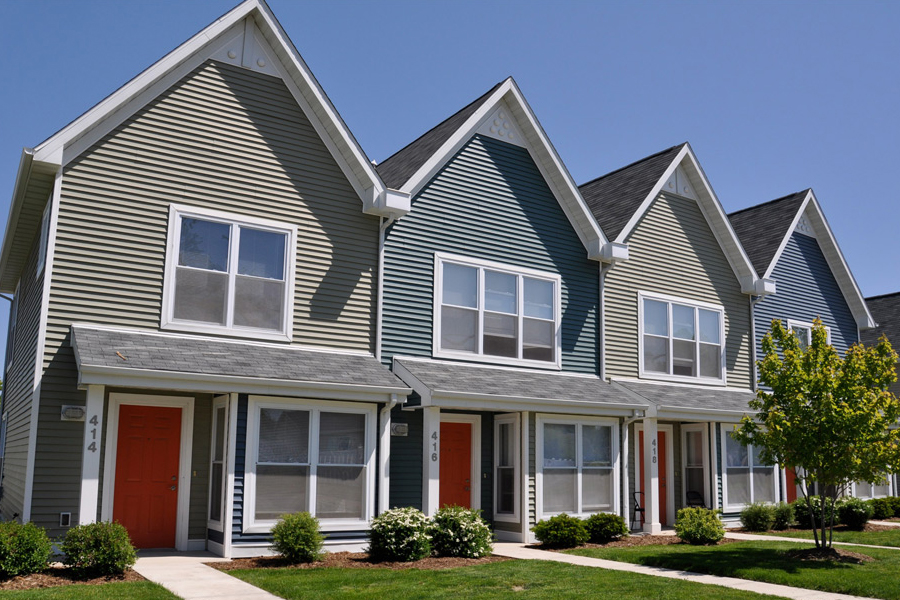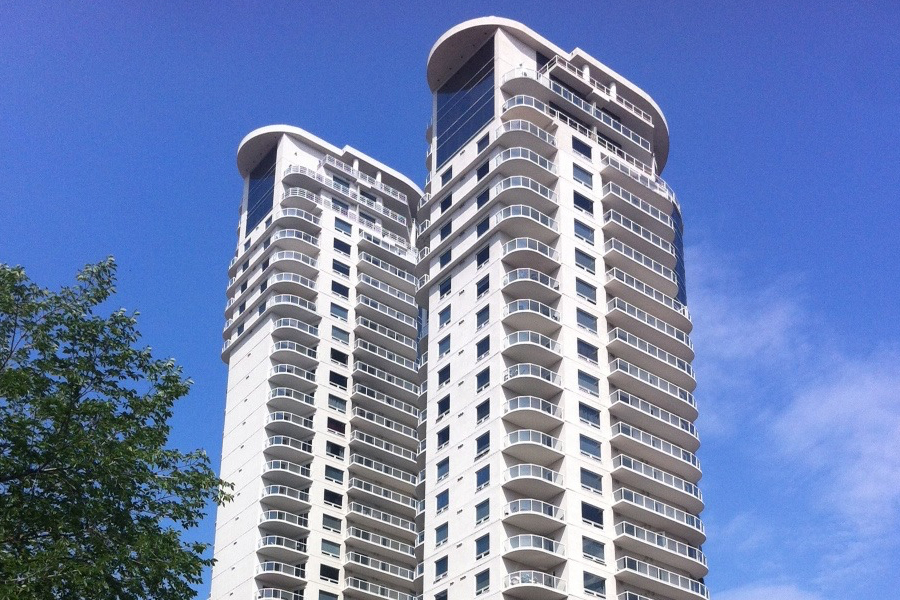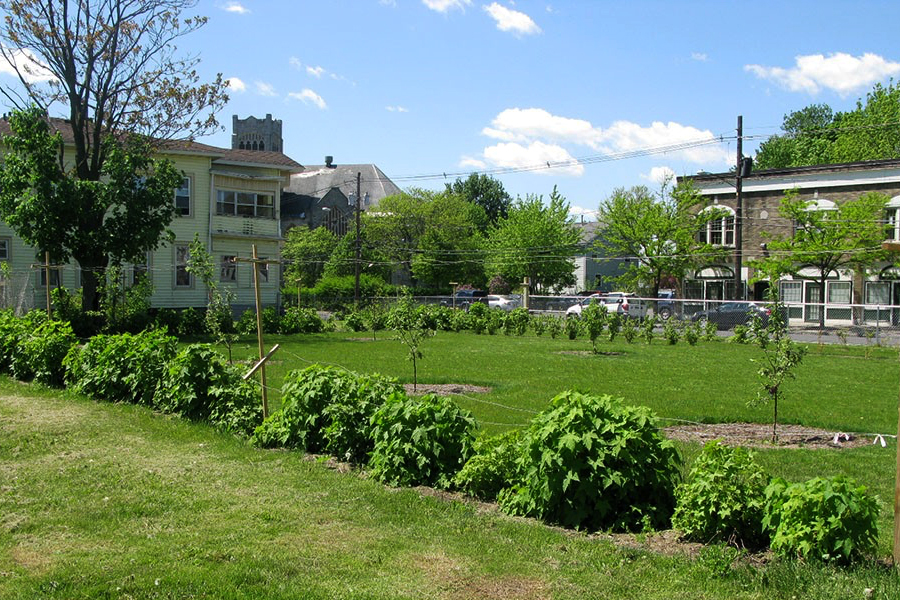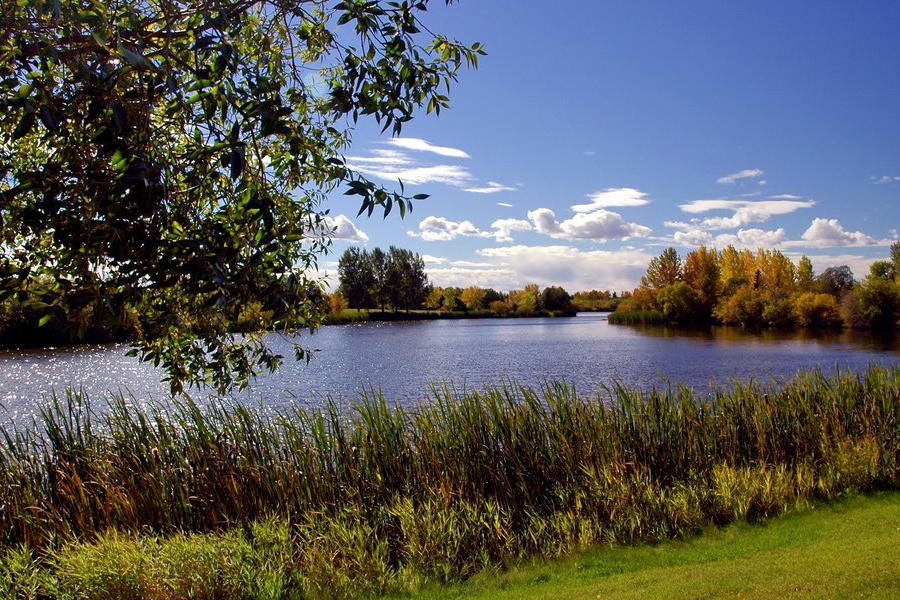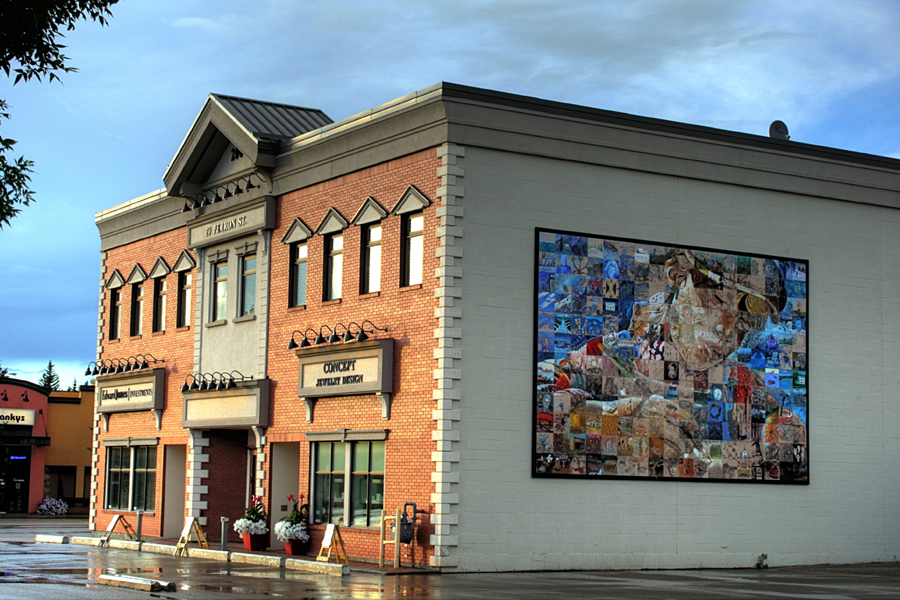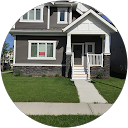Why Live in Edmonton?
Quietly surrounding the shores of the North Saskatchewan River is the vibrant City of Edmonton, Alberta. Nestled right in the heart of central Alberta, Edmonton is the province’s capital city, home to a population of 877,926 residents, or Edmontonians, as they call themselves. The Edmonton Capital Region includes thirty-five subdivisions, among them the cities of Spruce Grove, St. Albert, Leduc, and Fort Saskatchewan, with a population totalling 1,159,869 metropolitan residents. Known as the Gateway to the North, Edmonton is the northernmost metropolitan city in North America with a population greater than one million.
Established in 1795 and named after Edmonton, London, Edmonton, Alberta was incorporated first as a town in 1892 with a population of just 700, then later as a city in 1904, with a growing population of 8,350. The fertile land was affordable, helping to attract settlers and establishing Edmonton as a major commercial and agricultural centre for the region. By 1905, the Canadian Northern Railway had arrived in the capital city and Edmonton saw a rapid growth in its population, amalgamating with the City of Strathcona in 1912. The Edmonton City Centre Airport opened in 1929 and Edmonton became home to Canada’s first licensed airfield, strengthening its role as the Gateway to the North.
Situated in aspen parkland, Edmonton is bounded by prairie on the south and boreal forest on the north. Its terrain in gently rolling to flat, speckled with numerous ravines and deep river valleys. Edmonton has milder winters than both Winnipeg and Regina, with average daily temperatures from minus ten point four degrees Celcius in January up to seventeen point seven degrees Celcius in July. Temperatures can, however, exceed thirty degrees Celcius and fall below minus twenty. Humidity in Edmonton is rarely uncomfortably high, however. Don’t let Edmonton’s wintertime lows deter you - known as one of Canada’s sunniest cities, Edmonton receives a whopping 2,299 hours of bright sunshine per year.
Among the most popular summertime traditions for Edmontonians are spending a day on the carnival rides and fairway at K-days, an annual fair and exhibition started in 1879, taking in a performance at the International Street Performers Festival in Edmonton’s theatre district, and spending the weekend at the Edmonton Folk Music Festival. Playing host to several large festivals like these throughout the year, each one more unique than the last, Edmonton truly lives up to its nickname of “Canada’s Festival City”. Edmonton is also home to West Edmonton Mall, the largest shopping mall in North America, with 800 stores and services, a waterpark and amusement park - both the second largest of their kind in the world - along with an indoor lagoon, ice palace, and miniature golf course.
There’s also no shortage of outdoor space in the capital city - Edmonton’s river valley makes up the longest swath of urban parkland in North America; The river valley is twenty-two times larger than Central Park in New York City! Edmonton’s “Ribbon of Green” stretches across 27,400 acres, boasting eleven lakes, over twenty large parks, and countless ravines. The river valley is also home to several golf courses, with Edmonton’s long summertime daylight hours providing extended time for golfing, from early in the morning to late in the evening. In the wintertime, Edmonton’s river valley transforms into a winter wonderland of skating rinks and ski slopes.



